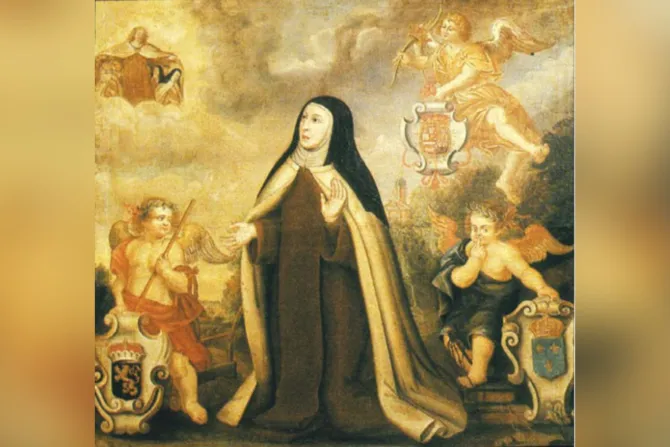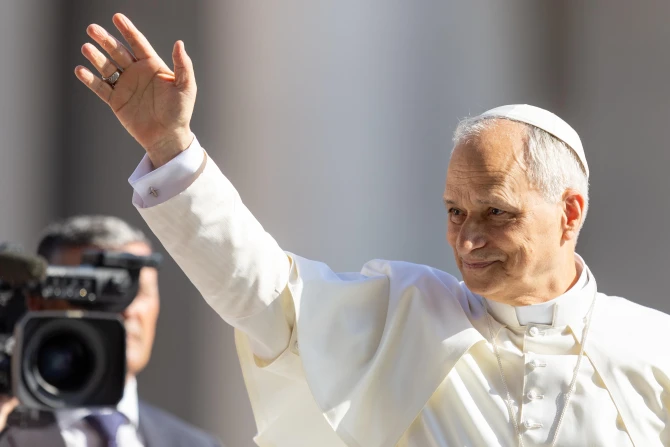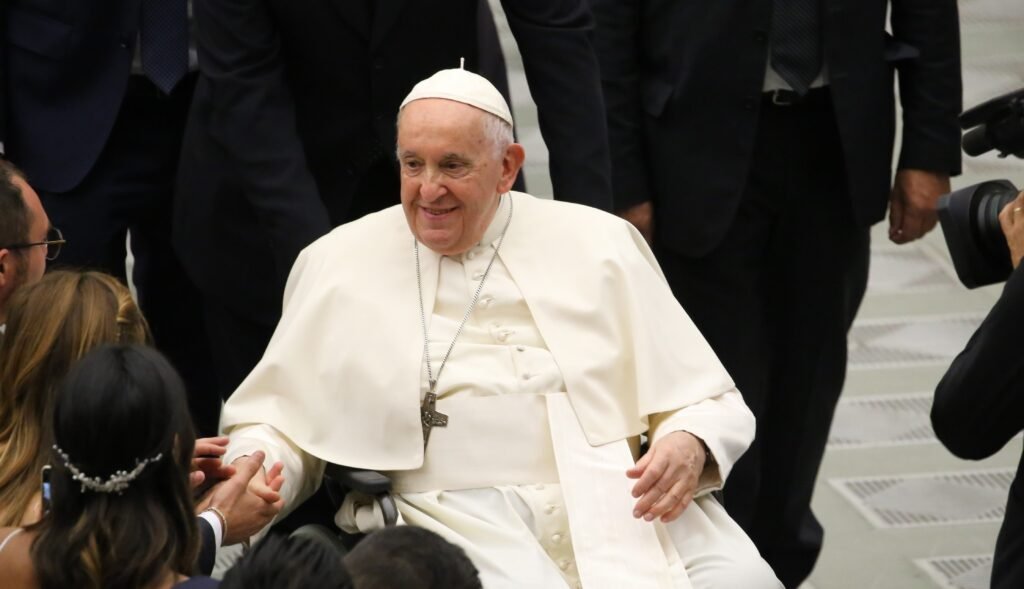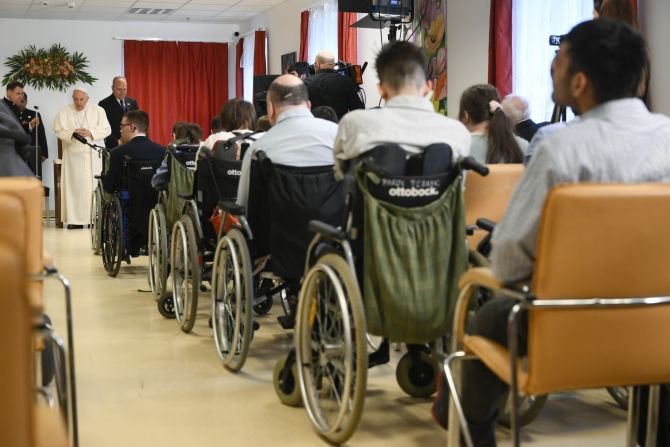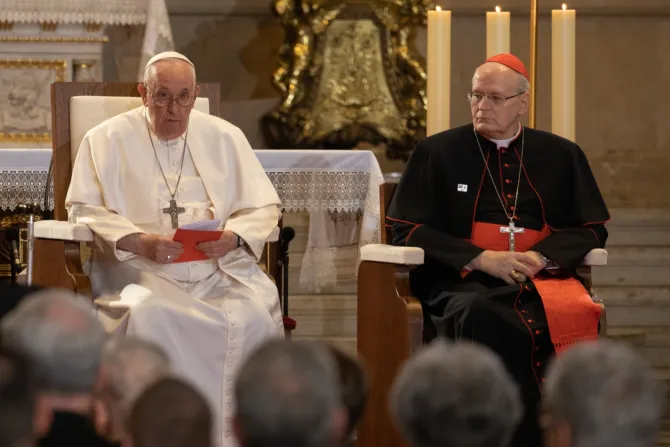More than 400 years after her death, Pope Francis has recognized a miracle attributed to Carmelite Sister Ana de Jesús, a spiritual daughter of St. Teresa of Ávila and a friend to St. John of the Cross.
In a decree signed on Dec. 14, Pope Francis authorized the beatification of Ana de Lobera y Torres (1545-1621), better known by her religious name Sister Ana de Jesús, who helped to expand the Discalced Carmelites to France and Belgium.
Ana was orphaned at the age of 9 and in 1569 in the city of Toledo was introduced to St. Teresa, who saw Ana’s virtues and invited her to join the Carmelites. Ana and Teresa went on to form a strong bond and even shared a cell in the Salamanca monastery while Teresa was writing “The Book of the Foundations.”
After Teresa’s death, Ana collected together all her literary works and sent them to a friar to be published. She continued Teresa’s legacy by founding new monasteries in France in Paris, Pontoise, and Dijon, and in Brussels.
St. Thérèse of Lisieux later wrote in her spiritual autobiography “Story of a Soul” that Ana de Jesús had appeared to her in a dream and let her know that she would soon be able to go to heaven: “Without the least hesitation, I recognized Venerable Anne of Jesus, foundress of the Carmel in France. Her face was beautiful but with an immaterial beauty.”
St. John of the Cross wrote the opening commentary on his “Spiritual Canticle” at Sister Ana’s request and entrusted the document to her while he was imprisoned in Toledo.
Pope Francis advanced Ana’s cause for beatification on the feast of St. John of the Cross.
The pope also recognized a miracle attributed to a Mexican priest, Father Moisés Lira Serafín (1893-1950), whose intercession healed an unborn child of fetal hydrops in 2004, according to the Vatican.
Lira served as a priest amid the religious persecution during Mexico’s Cristero War. He expanded his clandestine apostolate in 1926 by forming groups of catechists to encourage young people in their faith. Lira went on to found the Congregation of the Missionaries of Charity of Mary Immaculate in 1934.
In Thursday’s decree, Pope Francis recognized the martyrdom of five priests and one seminarian.
Father Luigi Carrara, Father Giovanni Didonè, and Father Vittorio Faccin were Xaverian missionary priests from Italy serving in the Democratic Republic of Congo who were martyred by anti-religious guerrillas in the Kwilu Rebellion in 1964. Father Albert Joubert, a local diocesan priest born to a French father and African mother, was killed along with them.
The pope also approved the martyrdom of Ján Havlík, a Slovak seminarian who was arrested and tortured by the communist government and sentenced to 10 years of forced labor in a uranium mine, where he carried out a clandestine apostolate among the prisoners until his health deteriorated due to the harsh working conditions leading to his death in 1965.
The martyrdom of Father Giuseppe Rossi, an Italian diocesan priest killed by Fascist soldiers on Feb. 26, 1945, was also recognized in the decree.
With the papal approval of their upcoming beatifications, Sister Anna of Jesus, Father Moisés Lira Serafín, Father Luigi Carrara, Father Giovanni Didonè, Father Vittorio Faccin, Father Albert Joubert, Father Giuseppe Rossi, and Ján Havlík are each one step away from being canonized as saints, which will require a miracle attributed to their intercession.
Three 20th-century Catholics were also declared Venerable in the decree. Pope Francis recognized the heroic virtue of a father of five from Guatemala named Ernesto Guglielmo Cofiño Ubico (1899–1991) as well as Father Alberto Beretta (1916–2001), an Italian Capuchin priest and physician who served as a missionary in Brazil for 33 years, and Francesca Lancellotti (1917–2008), an Italian laywoman known for her spiritual gifts.
This article was originally published on Catholic News Agency.

